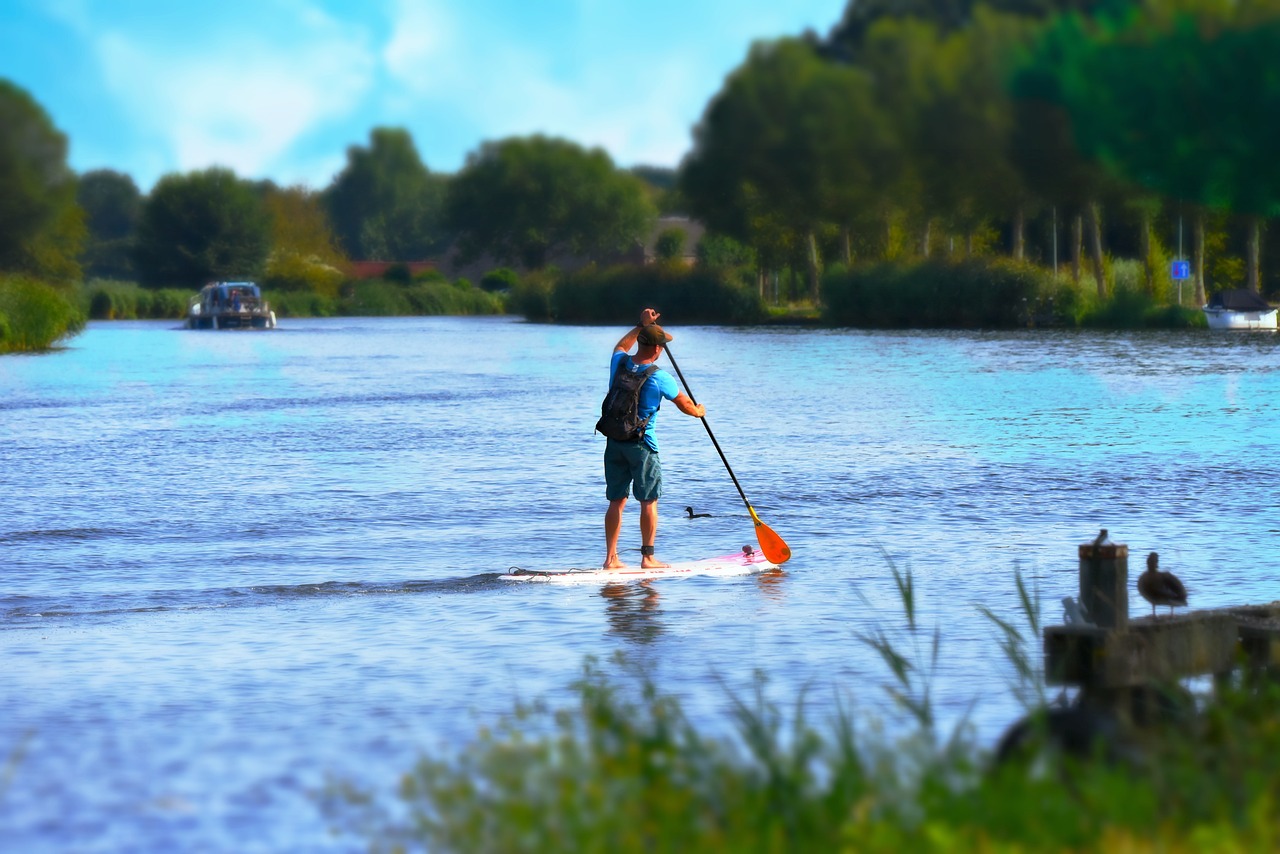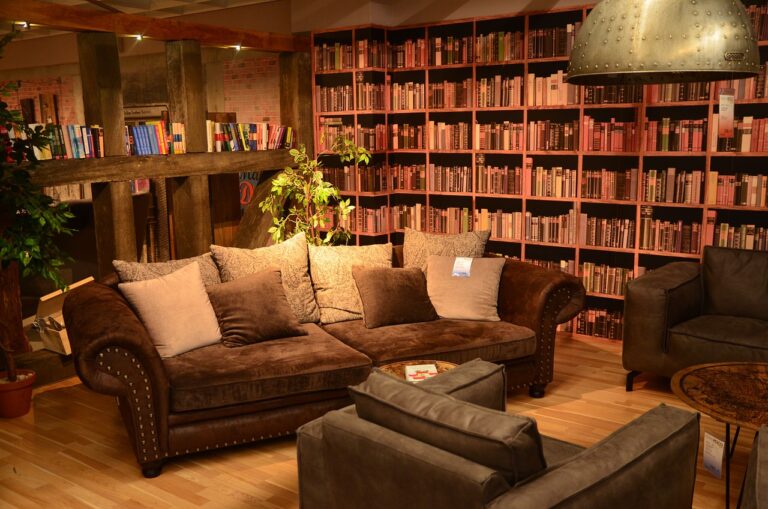Leveraging Augmented Reality for Historical Site Preservation Education
The integration of augmented reality (AR) technology into historical preservation education is revolutionizing the way we experience and learn about our past. By overlaying digital information onto real-world historical sites, AR brings history to life in a dynamic and interactive way, captivating learners of all ages. With AR, users can explore virtual reconstructions of historical buildings, visualize past events in their original settings, and gain a deeper understanding of the significance of different historical sites.
Moreover, AR technology offers a unique opportunity to preserve and protect historical sites by providing a digital record of their current state. By creating virtual replicas of endangered sites, AR can help raise awareness about the importance of conservation efforts and promote sustainable practices for safeguarding our cultural heritage for future generations. Additionally, AR can offer alternative ways for individuals with physical limitations to experience historical sites, opening up new avenues for inclusive and accessible education.
The Importance of Preserving Historical Sites
Preserving historical sites is vital to maintaining a connection to our past and understanding our cultural heritage. These sites offer tangible evidence of the events, people, and traditions that have shaped our society over the centuries. By safeguarding these places, we are able to pass on their significance to future generations, allowing them to learn from and appreciate the history that has come before them.
Furthermore, historical sites serve as living reminders of the challenges and triumphs that have defined our society. They provide a physical link to the past, allowing us to experience moments in history firsthand. By protecting these sites, we are able to honor the memories of those who came before us and ensure that their stories are not forgotten. Preserving historical sites is essential in fostering a sense of identity and understanding where we come from as a society.
Challenges in Traditional Historical Site Preservation Education
Preserving historical sites is an essential aspect of maintaining our cultural heritage for future generations. However, traditional methods of educating about historical site preservation often face challenges that hinder effective learning and implementation. One common obstacle is the lack of interactive and engaging educational tools, leading to a disconnect between the material presented and the audience’s understanding and interest.
Moreover, limited access to resources and experts in the field of historical preservation can impede the effectiveness of traditional education methods. Without direct guidance and support from experienced professionals, students and educators may struggle to grasp the practical aspects of preserving historical sites, such as conservation techniques and maintenance practices. This gap in knowledge and hands-on training can result in inadequate preservation efforts and a diminished appreciation for the importance of safeguarding our historical heritage.
• Inadequate interactive and engaging educational tools
• Disconnect between material presented and audience understanding
• Limited access to resources and experts in historical preservation
• Lack of direct guidance from experienced professionals
• Struggle to grasp practical aspects of site preservation
• Gap in knowledge and hands-on training
• Resulting inadequate preservation efforts and diminished appreciation for historical heritage.
What is augmented reality and how can it be used in historical preservation education?
Augmented reality is a technology that overlays digital information onto the real world. It can be used in historical preservation education to provide users with interactive and immersive experiences at historical sites.
Why is it important to preserve historical sites?
Preserving historical sites is important because they provide a tangible connection to the past, allowing us to learn from and appreciate our history. They also attract tourists and contribute to the local economy.
What are some challenges in traditional historical site preservation education?
Some challenges in traditional historical site preservation education include limited resources, lack of public interest, and the difficulty of maintaining and preserving aging historical structures.
How can augmented reality help overcome these challenges?
Augmented reality can help overcome these challenges by providing a more engaging and interactive educational experience, attracting a wider audience, and helping to digitally preserve historical sites for future generations.







